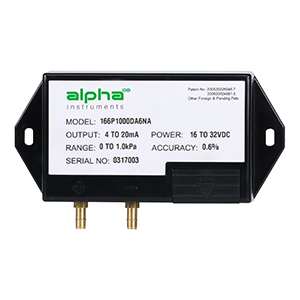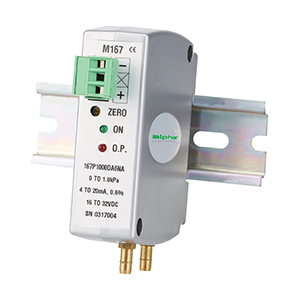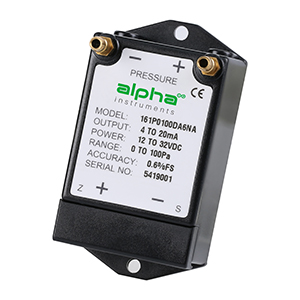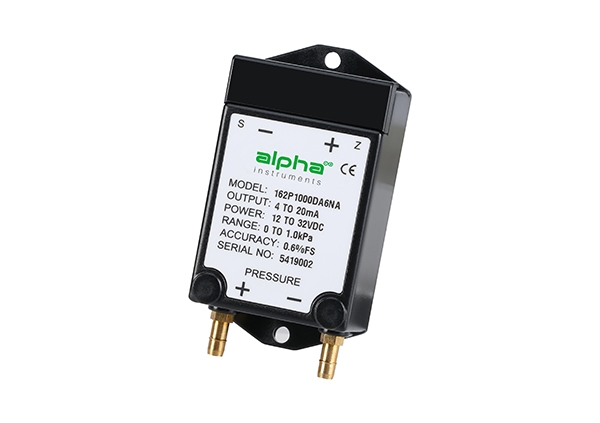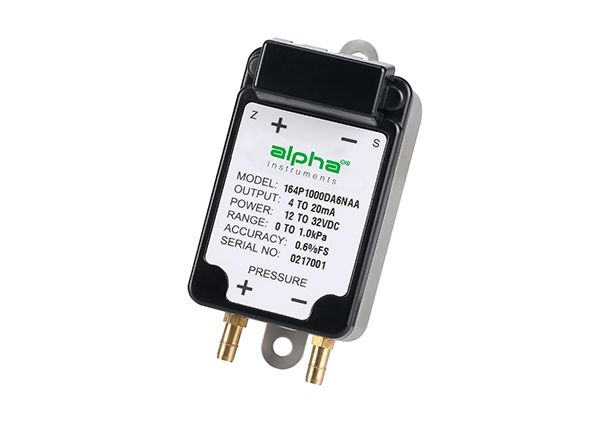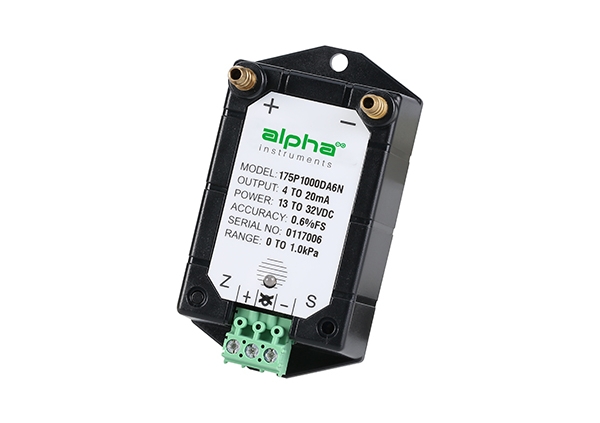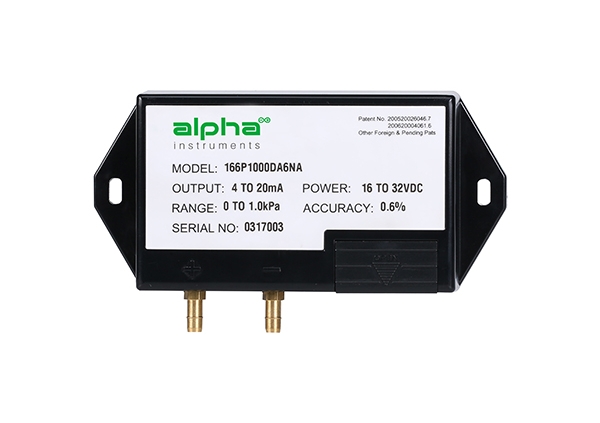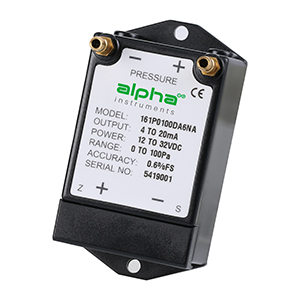Ⅰ. Preparation work before installation of pressure transmitter
1. Check the equipment: Since the equipment is designed by different pressure transmitter suppliers and features various models, it is necessary to determine the transmitter corresponding to each tag number according to the range, design and installation mode, and the material required by the process medium.
2. Determine the installation position: A variety of pressure transmitters can be installed anywhere if they are waterproof and dustproof. However, considering the convenience of daily operation and maintenance, and to extend service life and ensure reliability, the installation position should meet the following requirements:
(1) There is enough working space around, and the distance from adjacent objects (in any direction) is more than 0.5m;
(2) There is no serious corrosive gas around;
(3) It is not exposed to the surrounding thermal radiation and direct sunlight;
(4) To prevent the interference caused by the vibration of transmitter and pressure conducting tube (capillary), the pressure transmitter should be installed in the place without vibration.
Ⅱ. Installation requirements of pressure transmitter
1. Installation requirements of pneumatic pressure transmitter
(1) The pressure transmitter should be installed on the vertical or horizontal pipeline without strong vibration.
(2) The surrounding environment should be free of impurities corrosive to carbon steel, copper and alloy.
(3) For the convenience of maintenance and zero adjustment, adequate space should be reserved on the top and sides of the equipment.
(4) The pressure transmitter should be installed near (generally no more than 5m) the site requiring pressure measurement as much as possible.
(5) When the measured pressure is zero after installation, the output pressure of pressure transmitter should be 20KPa, otherwise it should be adjusted.
(6) The air source used for pressure transmitter should be filtered and purified compressed air.
2. Installation requirements of electric pressure transmitter
(1) Installation requirements for measuring gas pressure
A. When measuring the gas pressure, the pressure-relief point of the pressure measuring pipeline must be selected at the upper half of the pipeline to prevent liquid accumulation in the pipeline.
B. Flush valve should be installed at the front of pressure transmitter to prevent liquid or dirt from entering the transmitter.
C. When installing the pressure transmitter on the pipe throttling device, the pressure measuring point must be located within the area where the vertical line and the horizontal line meet at a 45-degree angle.
(2) Installation requirements for measuring steam pressure
When measuring the steam pressure, the pressure measuring point must be located within the area where the vertical line and the horizontal line meet at a 45-degree angle. The gas collector should be installed at the highest point of the pressure measuring point and the gas should be discharged regularly to ensure the measurement accuracy of the transmitter.
(3) Installation requirements for measuring the pressure of corrosive medium
When measuring the pressure of corrosive medium, an isolation device should be installed in front of the pressure transmitter and space liquid should be injected into it.

